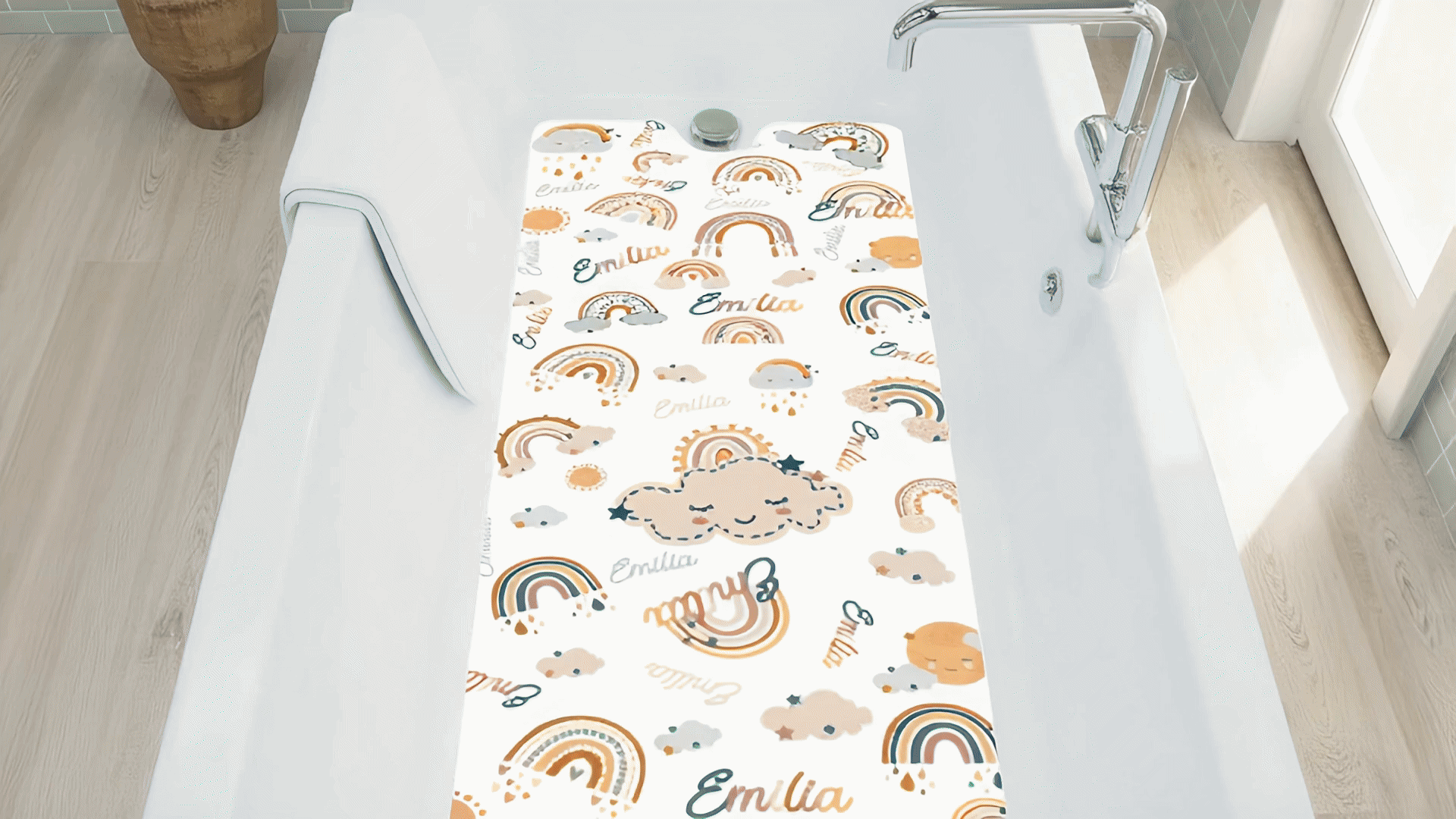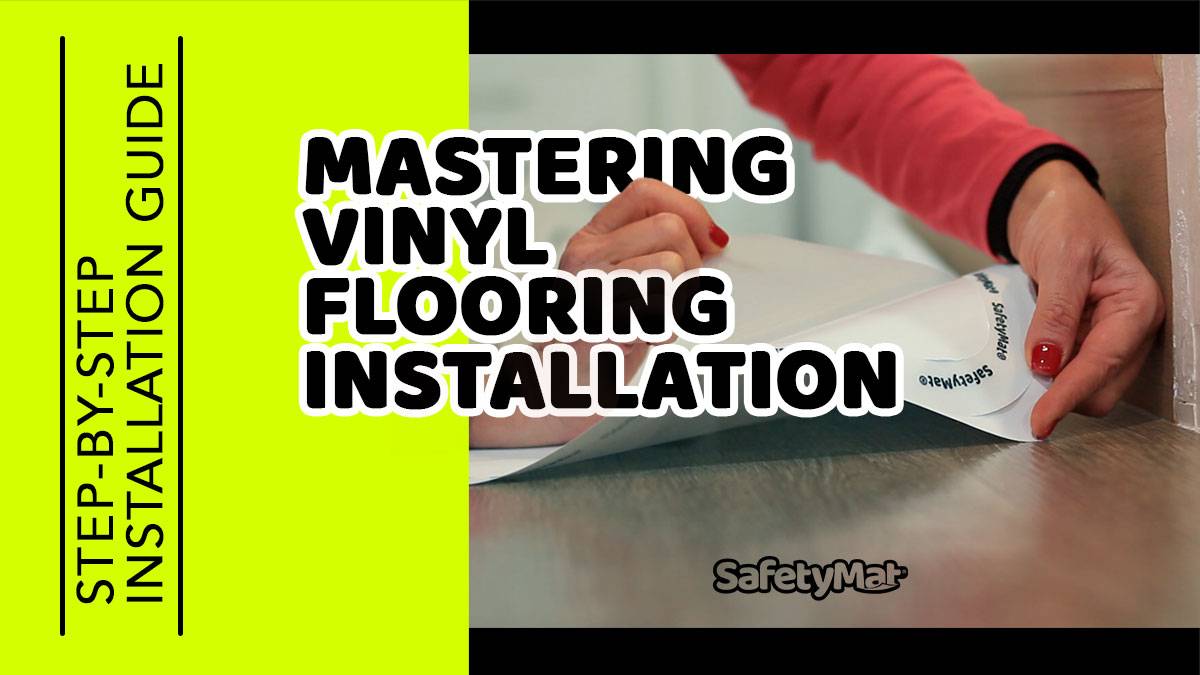Child Safety: The Case for Glow-in-the-Dark SafetyMat®

Table of contents
Glow-in-the-Dark SafetyMat®: a product designed to light up your surroundings when darkness falls. But do they truly contribute to child safety? During the early stages of product development, I consulted with several experts to explore this question. Their insights helped me recognize the critical need for this solution and the urgency to bring it to life.
The Science Behind Glow-in-the-Dark Products
Have you ever wondered how glow-in-the-dark products actually work? It’s fascinating, isn’t it? The secret lies in a process called luminescence. This term refers to materials emitting light after they’ve been exposed to a light source. It’s not magic; it’s science! Let’s dive deeper into this intriguing world.
Understanding Luminescence and Its Applications
Luminescence can be broken down into various types, but the one we’re most interested in is called phosphorescence. This is the type of luminescence that allows glow-in-the-dark materials to shine. When these materials are exposed to light, they absorb energy and then slowly release it as light over time. Imagine charging a battery; it stores energy for later use. That’s exactly what happens here.
- Glow-in-the-dark products are widely used in safety mats, toys, and even emergency signs.
- These products can glow for up to 10 hours after being charged. That’s quite a long time!
Now, think about a dark room. You turn on a light, and everything is bright. But when you switch off the light, what happens? Some objects continue to glow. This phenomenon is not just cool; it serves practical purposes too. For example, glow-in-the-dark mats can help children navigate safely in the dark. They act like guiding stars in a night sky.
How Glow-in-the-Dark Materials Are Made
The creation of glow-in-the-dark materials involves a few key steps. First, manufacturers choose the right phosphorescent materials. Common choices include zinc sulfide or strontium aluminate. These materials are known for their ability to absorb light and release it slowly.
Next, the materials are mixed with a binder to create a compound. This compound can then be applied to various surfaces. Think of it like painting a wall; the glow-in-the-dark material is the paint that adds a special effect. Once applied, the product is left to cure, allowing it to harden and bond effectively.
But it doesn’t stop there. Quality control is essential. Manufacturers must ensure that the materials meet specific safety standards. This is crucial, especially for products intended for children. We want to know that what we’re using is safe, right?
Safety Standards for Glow-in-the-Dark Mats
Speaking of safety, let’s talk about standards. It’s vital for glow-in-the-dark mats and other products to meet safety certifications before they hit the market. This ensures that they are non-toxic and suitable for use, particularly in environments where children play.
Products often undergo rigorous testing to check for harmful chemicals and durability. It’s like a final exam for glow-in-the-dark materials. Only those that pass can be proudly displayed on store shelves.
“Understanding how glow-in-the-dark materials work is key to ensuring safety while using them in children’s products.” – Dr. Sarah Jensen, Material Scientist.
This quote emphasizes the importance of knowledge in the realm of safety. If we don’t understand how these products work, how can we ensure they’re safe for our kids?
In conclusion, the science behind glow-in-the-dark products is not just about making things look cool. It’s about understanding the principles of luminescence, the production of safe materials, and the importance of adhering to safety standards. It’s a blend of art and science, all aimed at enhancing safety and fun.
So, the next time you see a glow-in-the-dark mat, remember the science that makes it shine. There’s a lot more to it than meets the eye!
Expert Opinions on Child Safety and Visibility
When it comes to child safety, particularly at night, the discussion often revolves around visibility. How can we ensure our little ones are safe when the sun goes down? I’ve had the opportunity to delve into this topic, interviewing various child safety experts and examining real-life case studies. Let’s explore what they say about visibility and its importance in preventing nighttime accidents.
Interviews with Child Safety Experts
During my interviews, I found that opinions on visibility tools, like glow-in-the-dark mats, vary significantly among experts. Some believe these mats can be a game changer. They argue that any enhancement in visibility can help prevent accidents. Others, however, caution against relying solely on such solutions.
“While glow-in-the-dark mats can enhance visibility, parents should not rely solely on them for child safety.” – Jason Miller, Child Safety Expert.
This statement resonates with many experts. They emphasize that while visibility aids can help, they are just part of a broader safety strategy. They recommend combining visibility aids with other safety measures, such as proper supervision and creating a clutter-free environment.
Case Studies on Nighttime Accidents
Case studies provide a concrete look at how visibility affects safety. For instance, a study focused on children aged 2-7 found that a significant percentage of accidents occur in low-light conditions. These incidents often involve children running or playing in areas where they are difficult to see.
In one case, a child tripped over a toy left in the yard during the evening. The yard was poorly lit, and the child was not visible to nearby adults. This incident highlights the importance of both visibility and environmental safety. It’s not just about having bright mats or lights; it’s about ensuring that the entire area is safe for children to navigate.
Pros and Cons of Added Visibility at Night for Child Safety
So, what are the pros and cons of added visibility at night? Let’s break it down:
- Pros:
- Increased visibility can lead to fewer accidents.
- Parents feel more secure knowing their children are easier to see.
- Glow-in-the-dark mats can be fun for kids, encouraging them to play safely.
- Cons:
- Relying solely on visibility aids can create a false sense of security.
- Not all visibility aids are equally effective in all environments.
- They may not prevent accidents caused by other factors, such as distractions or environmental hazards.
It’s clear that while visibility aids can play a role in child safety, they are not a cure-all. Experts advocate for a comprehensive approach to safety. This includes proper lighting, supervision, and education for both parents and children about potential hazards.
Establishing a Safe Environment
Establishing a safe environment involves multiple factors beyond just visibility. It’s about creating a space where children can play without the risk of injury. Here are some additional considerations:
- Ensure pathways are clear of obstacles.
- Install adequate lighting in play areas.
- Teach children about the importance of being aware of their surroundings.
By combining these strategies with visibility aids, we can create a safer environment for our children. The goal is to reduce the likelihood of accidents while still allowing them the freedom to explore and play.
In summary, the insights from child safety experts and case studies reveal that visibility is a vital component of child safety at night. However, it should not be the only focus. A balanced approach that includes various safety measures is essential for protecting our children in low-light conditions.
Personal Insights: My Journey with SafetyMat®
When it comes to child safety, every parent wants to do their best. I found myself asking, “How can I make my home safer for my kids, especially at night?” After some research, I stumbled upon glow-in-the-dark SafetyMat®s. These mats promised to illuminate the way during those late-night bathroom trips or midnight snacks. Intrigued, I decided to give them a try.
How I Decided to Create Glow-in-the-Dark Mats for My Home
Like many parents, I’ve had my share of nighttime chaos. Kids waking up, wandering around, and sometimes tripping over toys or furniture. The thought of them getting hurt in the dark was unsettling. I needed a solution.
After considering various options, I realized that simple safety measures could make a big difference. That’s when I developed the glow-in-the-dark mats. They seemed like a perfect fit. I imagined my children confidently walking around without fear of falling. The idea of having a little light guiding their path felt comforting. So, I took the plunge and made a few mats for our home.
Experiences with Nighttime Playdates and Safety
Once the mats arrived, I was eager to test them out. We had a playdate planned that weekend, and I wanted to see how the mats would work during the kids’ nighttime adventures. The first night, the kids were excited. They loved the glowing effect. It was like a mini adventure for them.
As the evening progressed, I noticed something remarkable. The kids were more cautious. Instead of running around blindly, they were navigating the space with purpose. It was as if the mats gave them a sense of control. They could see where they were stepping and avoided the usual hazards—like that pesky toy truck that always seemed to be in the way.
One parent even commented,
“I felt more at ease knowing my kids could see where they were stepping in the dark.”
That sentiment echoed my feelings. It was a relief to see them playing safely, and I felt more relaxed knowing I had taken steps to protect them.
Observing the Changes in Behavior When Using SafetyMat®s
With the mats in place, I began to notice changes in my children’s behavior. They were more confident during nighttime play. Instead of hesitating or calling for help, they ventured out on their own. The glow-in-the-dark feature seemed to empower them. It was fascinating to watch.
Moreover, since installing the mats, I have noticed a reduction in minor accidents during nighttime play. There were fewer trips and falls. It was as if the mats were not just illuminating the floor but also lighting up their confidence.
Children often adapt their behavior based on their environments. In our case, the mats created a safer space that encouraged exploration without fear. It was a win-win situation. My girls could play freely, and I could rest easy knowing they were safe.
Final Thoughts
Reflecting on my journey with SafetyMat®, I can confidently say they have transformed our home for the better. What started as a simple pursuit of safety quickly evolved into something more—enhancing not just protection, but also comfort, convenience, and peace of mind. They transformed our nighttime routine into a more enjoyable experience for everyone involved and I know you’ll experience the same in your home.
As parents, we are always seeking ways to keep our children safe while allowing them to explore their world. Glow-in-the-dark mats have proven to be a simple yet effective solution. If you’re considering options for enhancing safety in your home, I highly recommend giving these mats a try. They might just light up your nights and bring peace of mind to your parenting journey.
TL;DR: Glow-in-the-Dark SafetyMat® could be game-changers for child safety, providing visibility and added protection in low-light situations, though opinions vary among experts and parents alike.



